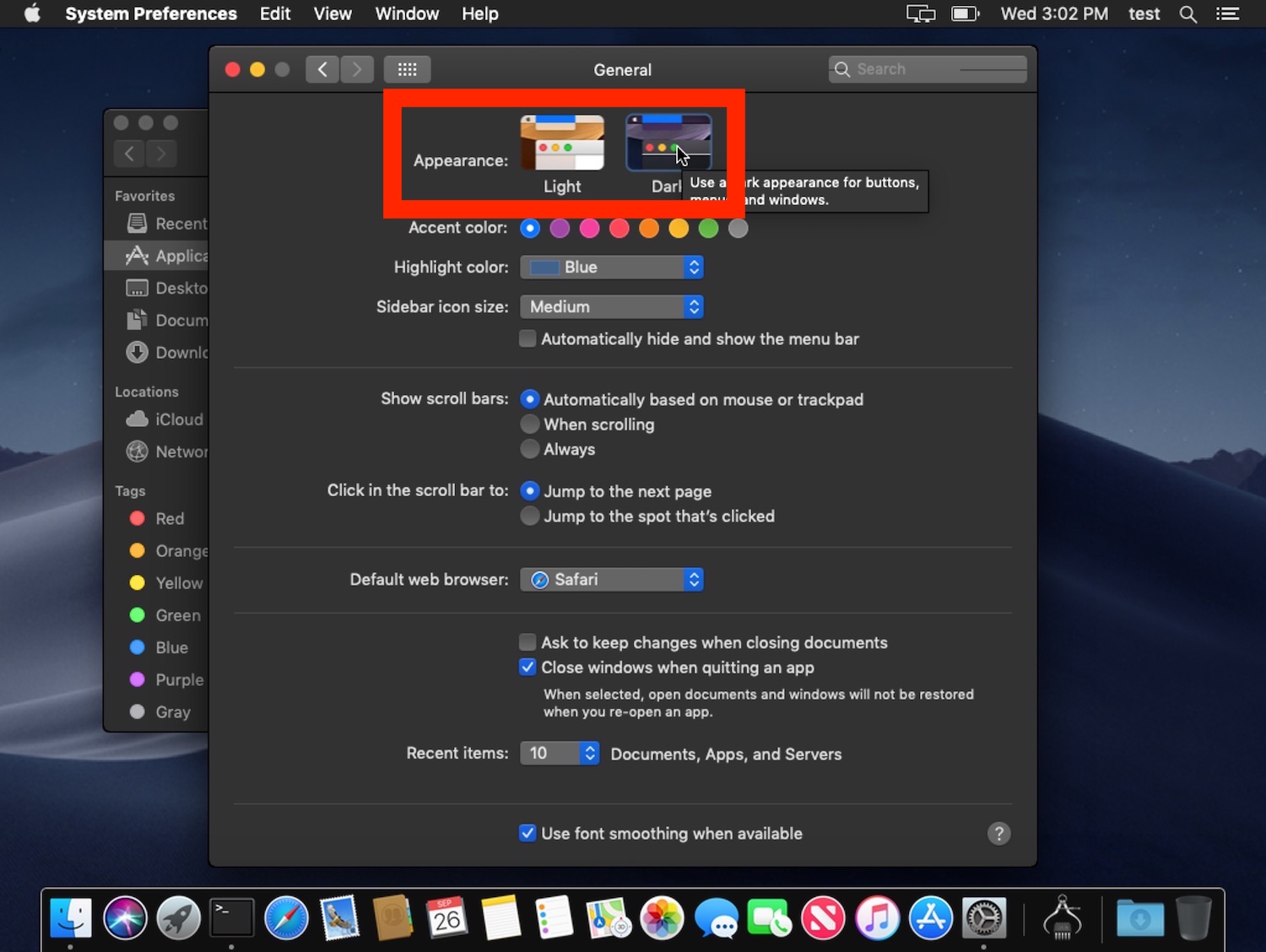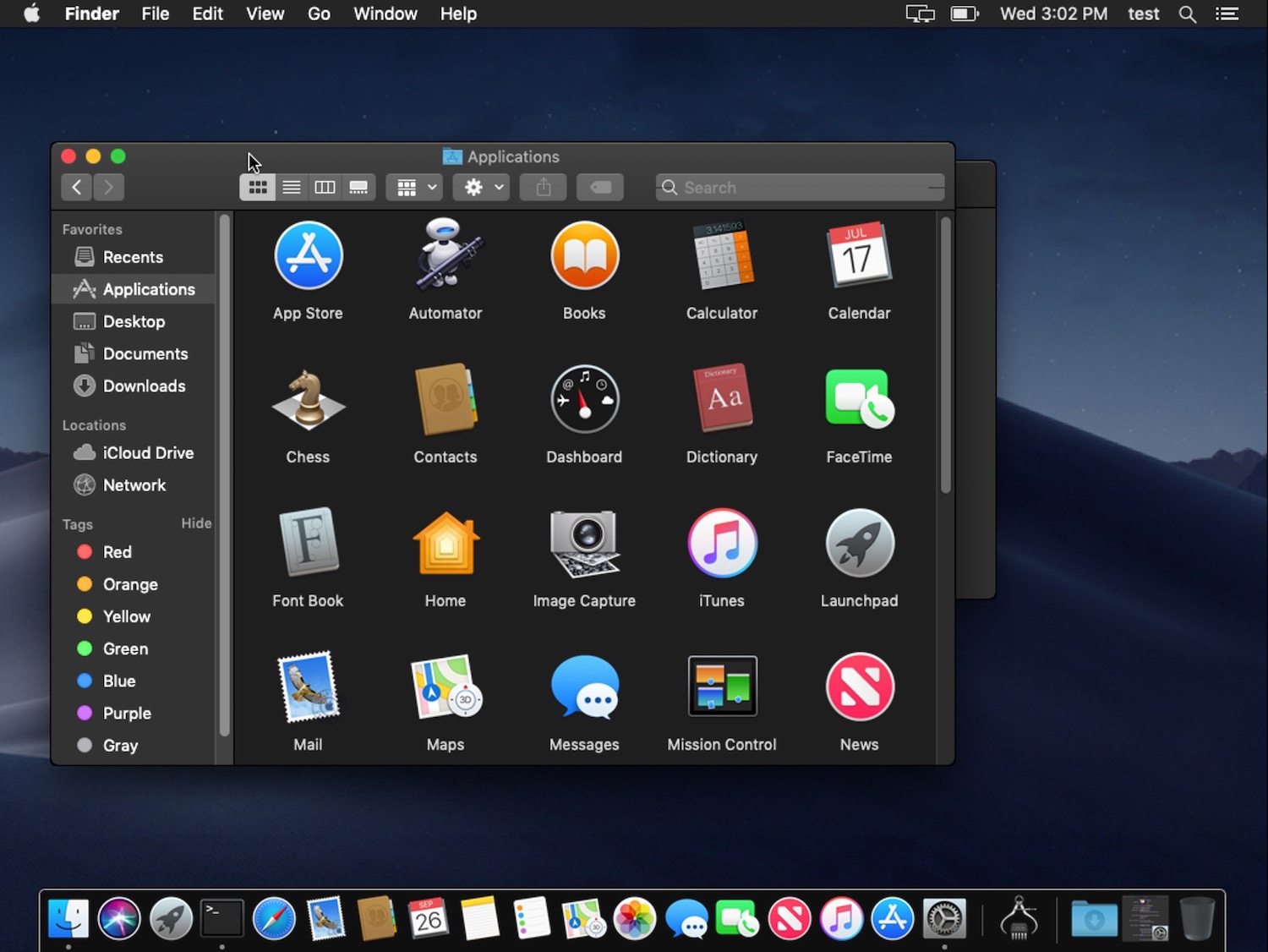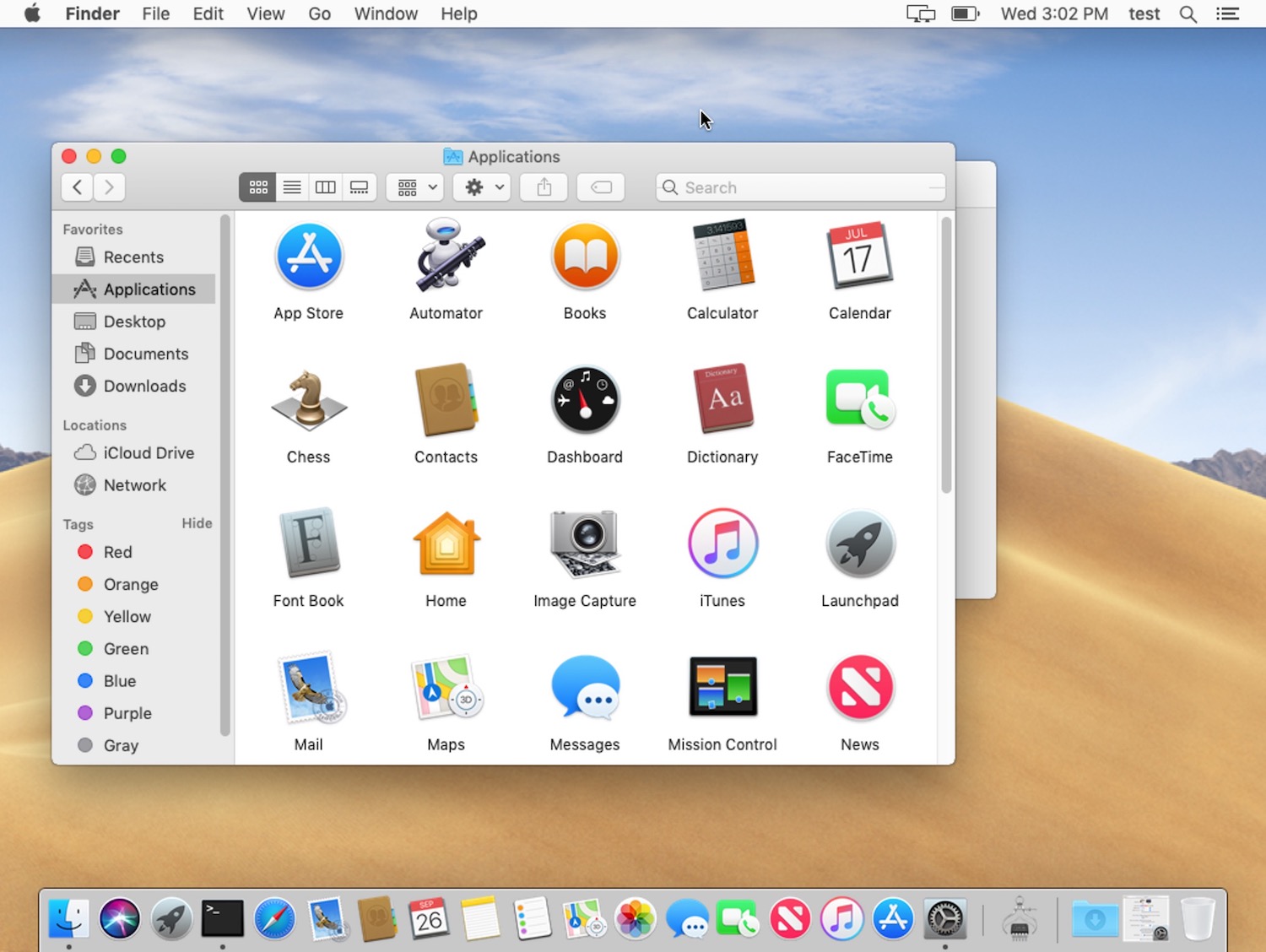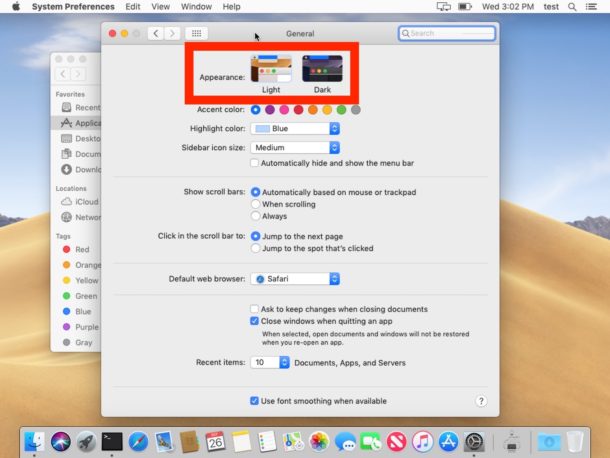How to Enable Dark Mode on MacOS (Big Sur, Catalina, Mojave)

The Dark Mode theme available in modern macOS versions offers a unique visual interface and desktop environment to work in, shifting nearly all onscreen visual elements to dark grays and blacks. For many Mac users, the Dark theme is perhaps the most popular new feature to arrive in MacOS Mojave, Catalina, and Big Sur, and the new user interface theme may be the sole reason that some Mac users update to the latest system software release.
You can easily enable Dark mode theme in MacOS while initially configuring MacOS, or you can switch between Dark mode and Light mode appearance at any time by adjusting the Mac OS system settings.
Note that being able to enable Dark Mode in MacOS requires macOS Mojave 10.14 or later, as earlier versions do not support the full Dark visual theme*.
How to Enable Dark Mode Theme on Mac
- Pull down the Apple menu and choose “System Preferences”
- Select the “General” control panel
- At the very top of the General settings, look for the “Appearance” section and then choose “Dark”
- When finished, close out of System Preferences

The visual differences between Dark mode and Light mode are dramatic and very obvious immediately.
Much as it sounds, the Dark mode theme is very dark. Gone are the bright whites and light grays that have been the default appearance of MacOS for a while now, as they are basically inverted into blacks and deep dark grays. Many users really enjoy the appearance of Dark Mode on Mac OS, particularly for those who work at night or in a dimly lit area, or if you just find the bright white Light interface to be distracting or glaring.

You’ll also notice that the wallpaper background image changes depending on if you’re using Dark or Light theme, though you can change wallpaper images separately at any time too.
Similarly, the Light mode theme is very light. With many bright grays and bright white visual elements, this has been the default appearance of MacOS for quite some time in one respect or another (Mac OS X has had several distinct visual themes over the years, from aqua to brushed metal to beyond, with the most recently recognizable UI appearance change having arrived in Yosemite as the bright Light theme, and with the Dark theme option arriving in Mojave).

You can change from Dark theme to Light theme at any time by going to the System Preferences General settings and adjusting from there, and the effect is always immediate without requiring a system reboot or anything of that sort. Everything on screen just redraws into either the Dark appearance or the Light appearance, depending on which UI is set by the user.
There are a few other settings that can impact how the Dark appearance or Light Appearance may look in Mac OS, including disabling transparency effects in Mac OS interface, if you’re using the Increase Contrast setting, and adjusting the highlight color for what is selected on screen. Even your wallpaper can also change the appearance of Light and Dark appearances, if you have transparency effects enabled on the Mac.
How to Enable the Light Gray Theme on Mac (the Default visual appearance)
- Pull down the Apple menu and choose “System Preferences”
- Select the “General” control panel
- At the very top of the General settings, look for the “Appearance” section and then choose “Light”
- When finished, close out of System Preferences

Whether you prefer the Light mode theme or Dark mode theme, or perhaps both or either depending on the setting you’re working in or the time of day, is entirely a matter of personal preference. You can always try out the different appearance setting and if you don’t like it, switch back.
* Note that macOS High Sierra has a very broken dark theme that can be enabled but it’s not recommended, while other prior versions of MacOS can enable a dark menu bar and dark Dock appearance in Mac OS X, though the dark appearance won’t carry over to the other user interface elements on the Mac.
Have any interesting information or tricks involving the Dark theme and Light theme in Mac OS? Share with us in the comments!


THANK YOU!
THANKS FOR YOUR ARTICLE! It helped me a lot!
I actually googled how to Disable dark mode; but your post allowed me to restore the regular “bright” desktop that I need to function, and I thank you!
I found an cool minimalist app to switch the themes, if you want you can find here https://github.com/juanca87/ToggleTheme
Here’s a cool free little app that helps you to set some apps to use Dark Mode and some apps to use Light Mode, it is your choice
https://www.lightsoff-app.com/
And you can also do the same trick with a defaults command string like this:
defaults write com.apple.Mail NSRequiresAquaSystemAppearance -bool yes
This almost cool little app doesn’t really do per app changes. It actually changes the global setting every time you switch apps. Crude. Very crude but likely all the Apple borg will allow. Junk. Apple learn that even your machines can do many shades of gray.
Please give a hint how to get old behaviour “Dark menu bar and Dock” and not how to click on self explaining images.
eo1 here is how you can enable dark mode with dark menu and dock on macintosh Mojave.
https://osxdaily.com/2018/10/12/how-enable-dark-mode-theme-macos/
e01 is looking for this different solution, which limits Dark Mode to menu and dock only:
– Change to Light theme
– Go in Terminal and put following:
defaults write -g NSRequiresAquaSystemAppearance -bool Yes– Enter to confirm. Now Log out and log back in
– Change switch to “Dark” in Theme preference
Boom… enabled as Dark menu bar and Dock only.
Change “Yes” to “No” and repeat backwards to reverse to Full Dark theme again.
I have macOS Sierra on my 2016 macbook pro. I have been trying to change to dark mode but my general preferences don’t even have the 2 options of light/dark. I only have the select option of “use dark menu bar and Dock. ” There are no system updates available. Can you help?
V, as you will notice if you read the following article that Dark Mode requires macOS Mojave 10.14 or later.
https://osxdaily.com/2018/10/12/how-enable-dark-mode-theme-macos/
If you are running macOS Sierra you will not have Dark Mode because Sierra does have the Dark Mode theme feature, you must be running Mojave or later. In fact this requirement is in the headline of that article.
You can update to the new MacOS version if you want Dark Mode theme. Mojave 10.14 or later has ability to enable Dark Mode on Macintosh.
The “dark mode” is somewhat of a laugh. 30 years ago, “dark mode” was what most (non-Mac) computers gave you — the big debate was over white on black, green on black, or orange on black screens. (You could get inverted displays when using PageMaker or some Windows-like “environments”, but the background would just be white, green, or orange consistent with the monitor you owned.) Full color displays (and even “grayscale” displays for Mac) where in the early stages or not available until later on. So what’s really old is suddenly new again.
Quite apart from visual aspects of Mojave, hasn’t anyone noticed that iTunes and Photos apps in Mojave are not backward compatible with High Sierra and earlier OS? So if you have machines in your organization that won’t run Mojave, you’re out of luck on these two apps. Also issues with 32- vs 64-bit.
I just wrote an AppleScript to do it automatically for me. Apple to lazy to incorporate Dark mode into Nightshift. Pathetic.
They should have also incorporated dark mode into dynamic desktop. I’d love to have dark mode turn on when the dynamic wallpaper turns dark for the evening and night hours.
I use f.lux to automatically switch between light mode and dark mode, while it also removes blue from the screen image.